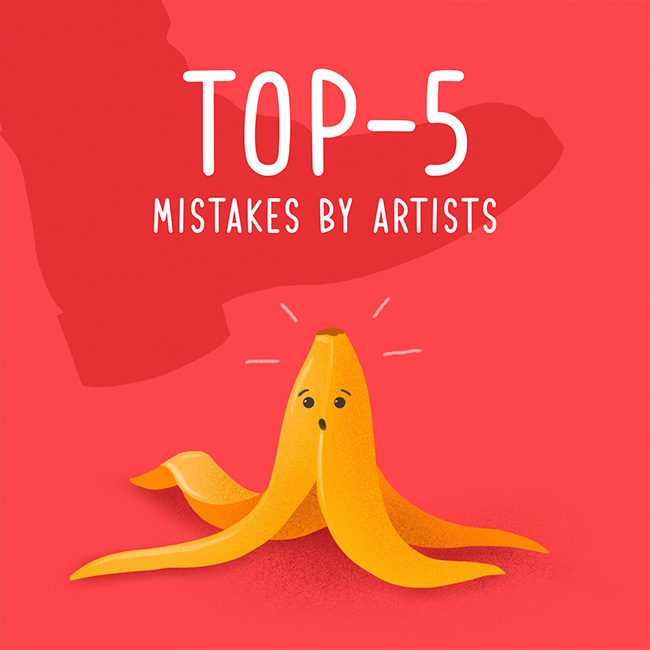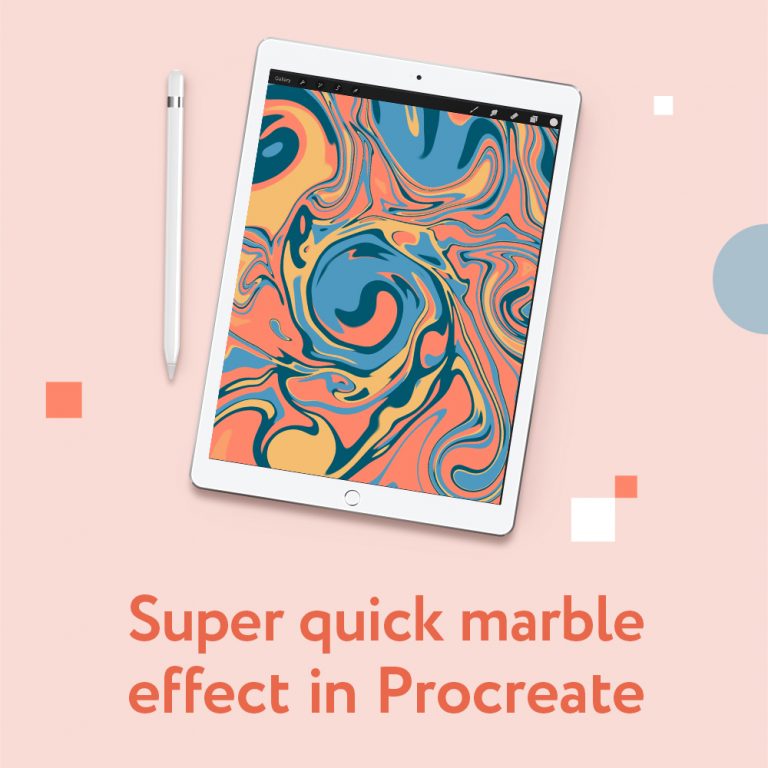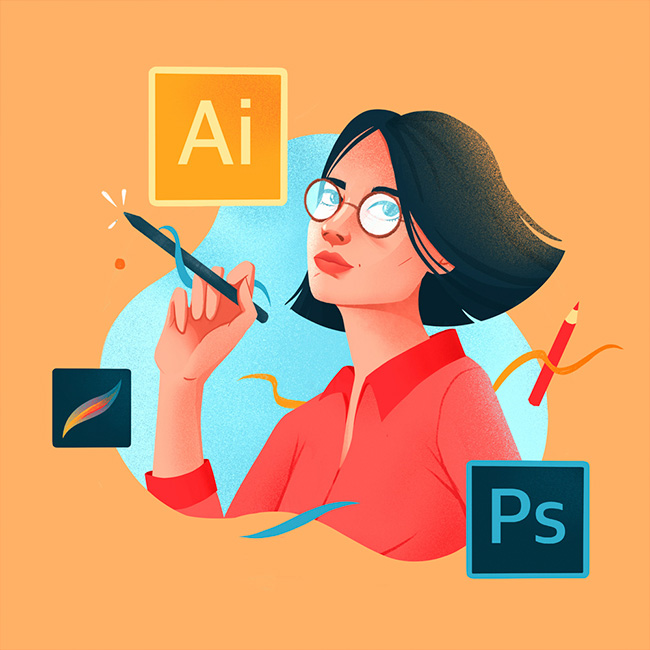Digital vs Traditional Art: Which is Better & Main Differences
In the age when more and more content is being created in digital sphere, it’s not really a surprise that some people may oppose such rapid transitioning from traditional art. Moreover, when a big part of modern culture is built on constant comparison, on putting one thing vs the other, it’s sort of inevitable that the same trend reached art.
Digital art vs Traditional Art is definitely not a new argument. However, it did become more wide spoken with the rise of digital art popularity and influence. Some people passionately say that only traditional art can be considered true art. Others point out, with the same passionate conviction, that digital art has the same value as traditional.
So can you really compare the two? Is it even possible to determine which one is better? Is digital art any less valuable than traditional?
Digital art is the natural progression and evolution of art born by modern realities. It is no less and no more valuable than traditional art. Both are equally important and precious. Each has its own distinctive features and strong fascinating sides.
What’s most important, one does not and should not overshadow the other. Both have a perfect place in our lives. As an artist myself and as an art lover all I could wish is that we have more of both.
To really see why this Digital vs Traditional argument has no valid ground in most of the cases, one should first realize what Art is and what purpose it serves. Then we can see how they are different and if one can be considered more important or better.
What is Art
Trying to give one specific definition of Art is the same as trying to count all the stars in the universe. There are so many possible definitions for art, for what it means and how it can be explained, that it is impossible to pick only one. To each of us art can mean something different.
The way I perceive it, is this. Art is a form of expression. Expression of an idea, of a feeling, of an ability. Of anything we want to share with others or simply single out and capture in the moment. Art can be expressed through various forms. Through visual form, through tactile sensation, through sounds.
Seeing how many different definitions people are giving to it and how this can be a controversial topic in itself, no wonder that this also includes traditional vs digital debate.
In reality, it is not that important how we define art. What really matters is what affect art has on us. On you, on me, on other people. Which leads us directly to the next aspect of this topic, the purpose of art.
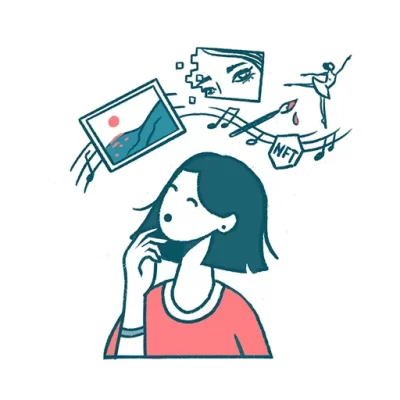
What is the Purpose of Art
No matter how you choose to describe the meaning of Art, it comes down to the effect it has on each single individual and on groups of people. In a sense, this reflects the purpose of art. And that purpose is to affect us. On a spiritual, emotional, mental and physical levels.
When we observe a piece of art, it speaks to us. It evokes something in our mind, in our soul. It makes us pause, makes us think, dream, feel, imagine. It does not leave us indifferent. That is the purpose of art. The variable effect we get when observing it.
And of course, different forms of art effect each of us differently. That’s the beauty of it. We all get something personal from such experience.
What is Traditional Art
Traditional art is produced with real physical media. A paint that you can touch. A canvas you can hold feel with your hand. A stone that forms a sculpture. A piece of wood that the artist carves. Anything that you can physically interact with.

What is Digital Art
Digital art on the other hand is created by the means of digital technology. It is born in the virtual realm more so than in physical world. Of course, we still use physical devices that allow us to access this digital technology. But you can’t touch digital art unless it has been transferred to some physical media, like when you print an image as a poster or t-shirt. An easy example of digital art would be videos, digital illustrations etc.
Main Differences & Similarities Between Traditional & Digital Art
The differences between these two forms is clearly seen from their respective definitions. Traditional art is created with physical media and digital art is made in a virtual realm by the means of digital technology.
Depending on who you ask, each can be considered harder to create. One requires more hands-on skills and the other requires more knowledge of a particular software. But it is super relative, as certain things come easier to some, and other things come easier to the others.
Speaking about difference of opinions. Some people believe that digital art is easier simply because one has more options to edit art work in the process, before the final result. And that is actually where the question “what is better” comes from.
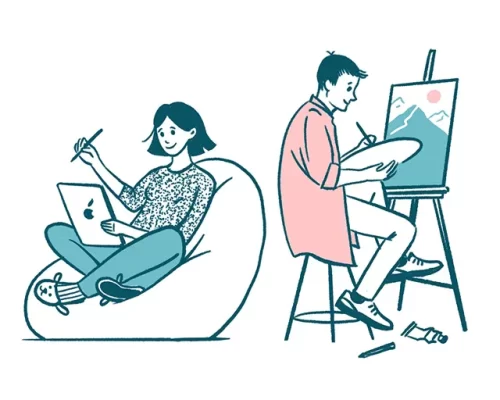
In reality, this is just a question of the available tools and one’s mastery of those. You can create equally impressive art with digital and traditions tools.
Traditional art has been with us for a much longer time, obviously. Digital technologies only became wide-spread in the last couple of decades. In the timeline of human history this is nothing but a blink of an eye. However, it does not diminish or downplay the importance or the role of digital form. A hundred years or so ago we didn’t have planes or cars, it does not make them less vital to us nowadays, right?
Taking into the account everything mentioned above it becomes obvious why the argument of which form of art should be better is so unproductive.
What Art is Better?
Both traditional and digital art are of equal importance. Both have the same value as both serve the same purpose – to affect us as human beings. Both have their special characteristics. Each form provides extra possibilities and goes with certain limitations, when compared to the other.
If you enjoy any of them more, that’s great. Whatever it is, it reached its goal. A long as you do not feel indifferent, art has succeeded.


